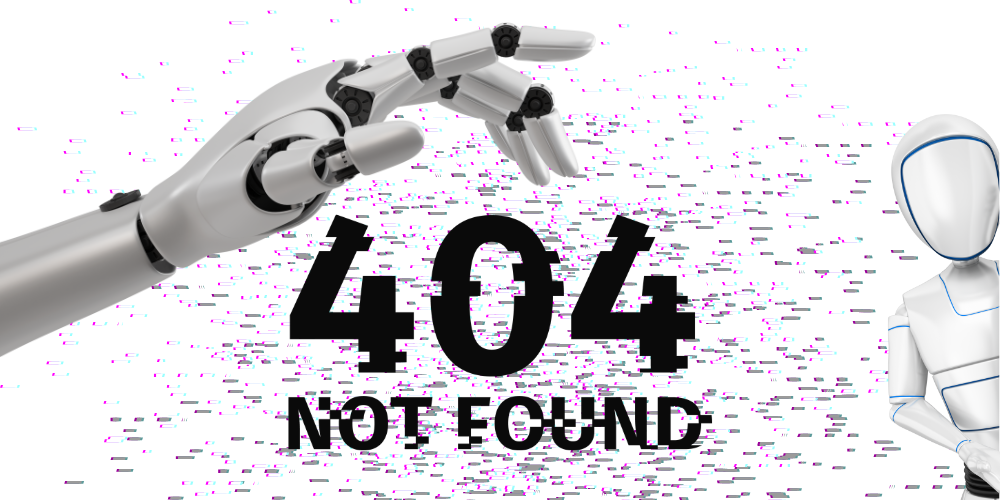How will UX with tech integration across industries help during COVID-19
The challenge today is to ensure which customer trends and patterns will drive the future of UX and adapt quickly in line with those.
In the last year and a half, our lives have completely transformed. There is now a clear demarcation in time — a pre-COVID-19 era and the era of the pandemic.
In the face of lockdowns, extreme uncertainty, and shifting trends in lifestyle, healthcare, and business landscapes — enterprise owners and industry leaders have gone through a challenging phase of trying to remain relevant.
The tiniest of changes brought about by these rising vulnerabilities have butterfly-effected into massive shifts in consumer behaviour, much of which will endure over the longer term.
The challenge today is to ensure which customer trends and patterns will drive the future of UX and adapt quickly in line with those.
In turbulent times like these, technology has acted as a life-saving raft indeed. Without digital-first business models, internet-based remote working, and constant technical support, we would all truly be in a fix.
Therefore, it is not only the expectations from consumer experience but also a user experience that has evolved in these last few months.
What is user experience?
User experience (UX) design is how users view the product. UX design provides meaningful, memorable experiences to users, and this involves designing the entire process of acquiring and integrating the product, branding it, and integrating its functionality onto digital platforms.
It is the primary touchpoint of interactions between the business and the end consumer, which makes it an extremely critical aspect to get right. This is different from usability and user interface — it goes beyond both and has no theoretical definition as such.
But it is a given that user experience can either make or break the entire customer journey and ultimately drive larger product or service recall.
The evolution of UX in pandemic times
2020 was a year unlike any other. All of us faced many psychological changes, some of which may be long lasting, and this has, in turn, affected our purchase behaviours.
Therefore, what was previously considered good UX may not make the cut anymore. The biggest shift that we as a community — both in terms of our personal and professional lives — have witnessed is the lack of physical proximity.
The causes of these differences can be hugely complex due to the virus itself but also the economic and political consequences of the virus’s spread. This has led to more digital experiences coming to the forefront.
For example, with schools and colleges shut down, most students are now taking classes online. Instead of commuting to work, people are gearing up for Zoom meetings and Google Meet calls every day. Zomato and Swiggy have replaced weekend nights outs, and Netflix has never been more popular.
As a result of all of the above, having a digital UX strategy is no longer good to have but a necessity for enterprises and service providers to stay in the game.
Anatomy of the new age user: Always online
Can you imagine a day in your house without electricity or no connectivity?
Consumers of all ages rely on the internet to make their daily routines more efficient, and this has become all the more apparent since last year.
Online shopping and ecommerce have become part of dynamic economic environments that have managed to thrive in a rather dull market otherwise.
Millennial customers, who form the large bulk of today’s buyers, also have very high awareness levels and are digitally savvy. The expectation of safer, better, and touchless services is at an all-time high.
Removing unnecessary obstacles, impediments, and bureaucracy to enable the customer to achieve their objectives quickly and easily have shown to increase loyalty. The more frictionless is the overall user experience, the higher is the customer recall.
CTO speak: How to pivot
The changes brought about by this pandemic are likely to stay with us for a long time. Thus, CIOs and CTOs need to take these challenges in their stride and drive agile innovation at an organisational level.
Where to begin? From the beginning itself!
The first crucial step to getting right is user research. User aspirations are changing by the day, and their personas have also most definitely been altered, owing to the hardships brought forth by the pandemic. This directly feeds into their demands.
CTOs need to find the middle ground between business offerings — the latest technology trends and changing human behaviour to derive relevant user experience strategies.
A renewed focus on digital-first products will also help in creating and marketing novel user experiences. This should now be the primary growth strategy, especially for smaller businesses, as online takes over traditional in a rather one-sided fight.
In this new age of digital disruption, UX will further be driven by advancing cutting edge technologies like cognitive workflows.
Machine learning and artificial intelligence will also play a huge role in developing user experiences that are not only intuitive but highly personalised and custom catered to individuals.
Essentially, “Intelligent UX" will adapt along with the user and will keep evolving in line with their anticipated expectations.
Rethinking contactless commerce to promote safety across products, services, and processes will be critical. In the next normal, anticipating customer expectations will become a top priority.
Look at it like creating a triple-decker sandwich: a real-time UX layer, supported by a security fool-proof data layer for both static and dynamic content, and finally capped with a technology layer, which is customised and integrated into the entire system.
In the coming months and years, we are going to see a tremendous boom in API driven web and mobile apps. That is the future. To unlock that future tomorrow, today is the time for executives to invest in the data, technology, and systems required to deliver exceptional experiences.
The ones who understand their users faster and better will win. Simple.
Edited by Suman Singh
(Disclaimer: The views and opinions expressed in this article are those of the author and do not necessarily reflect the views of YourStory.)












